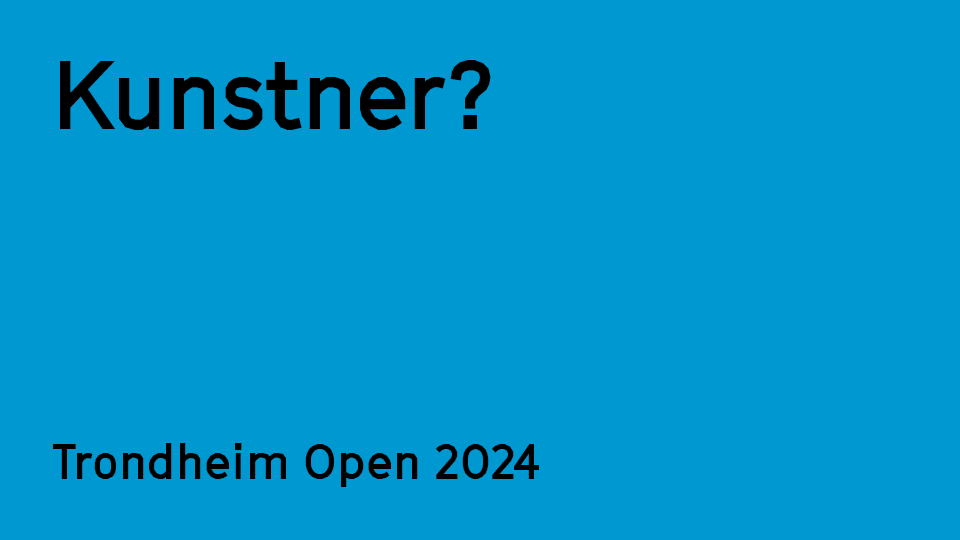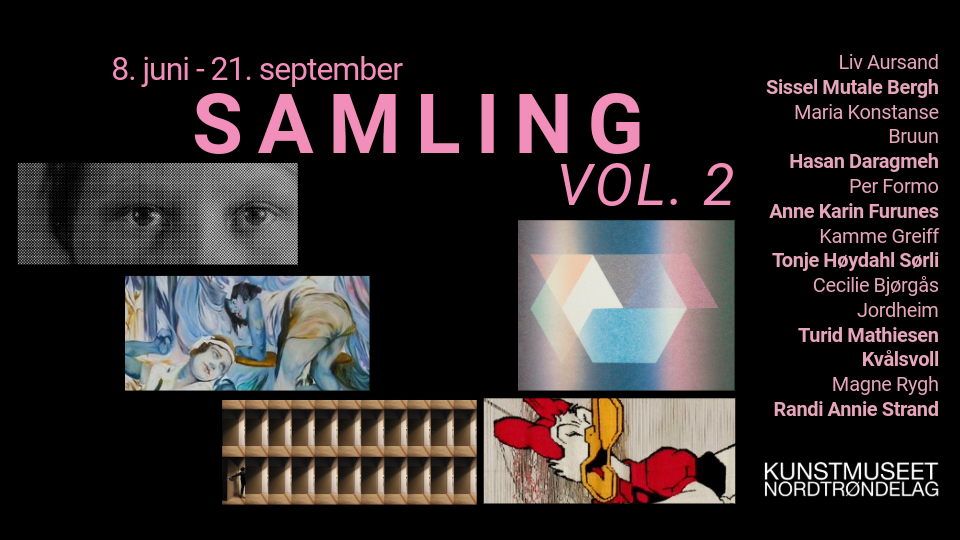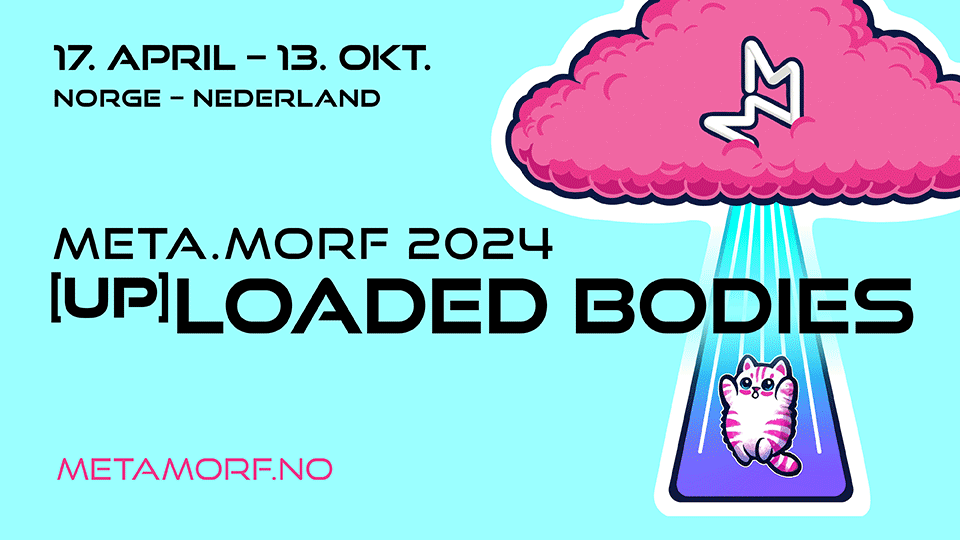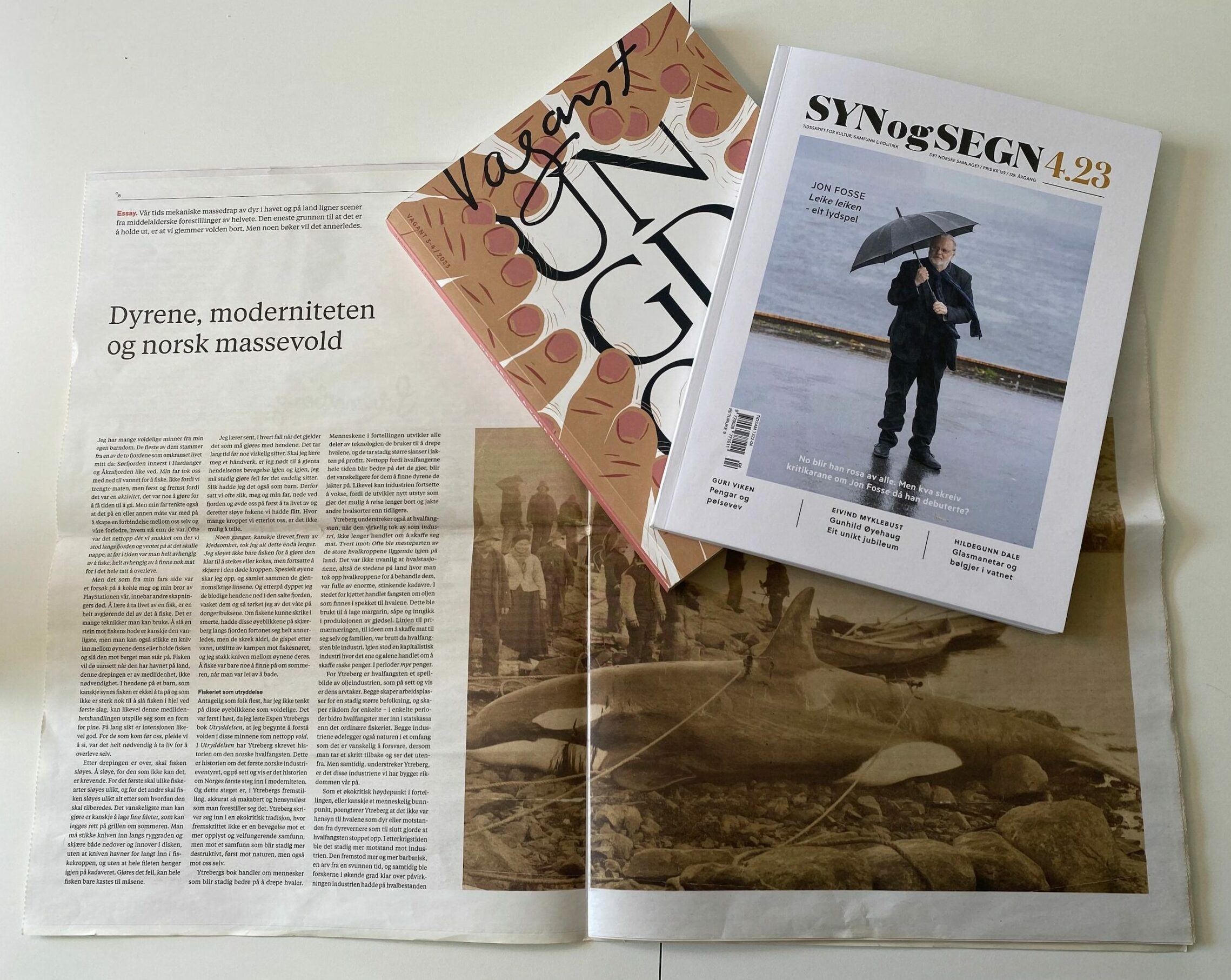Wonder by numbers
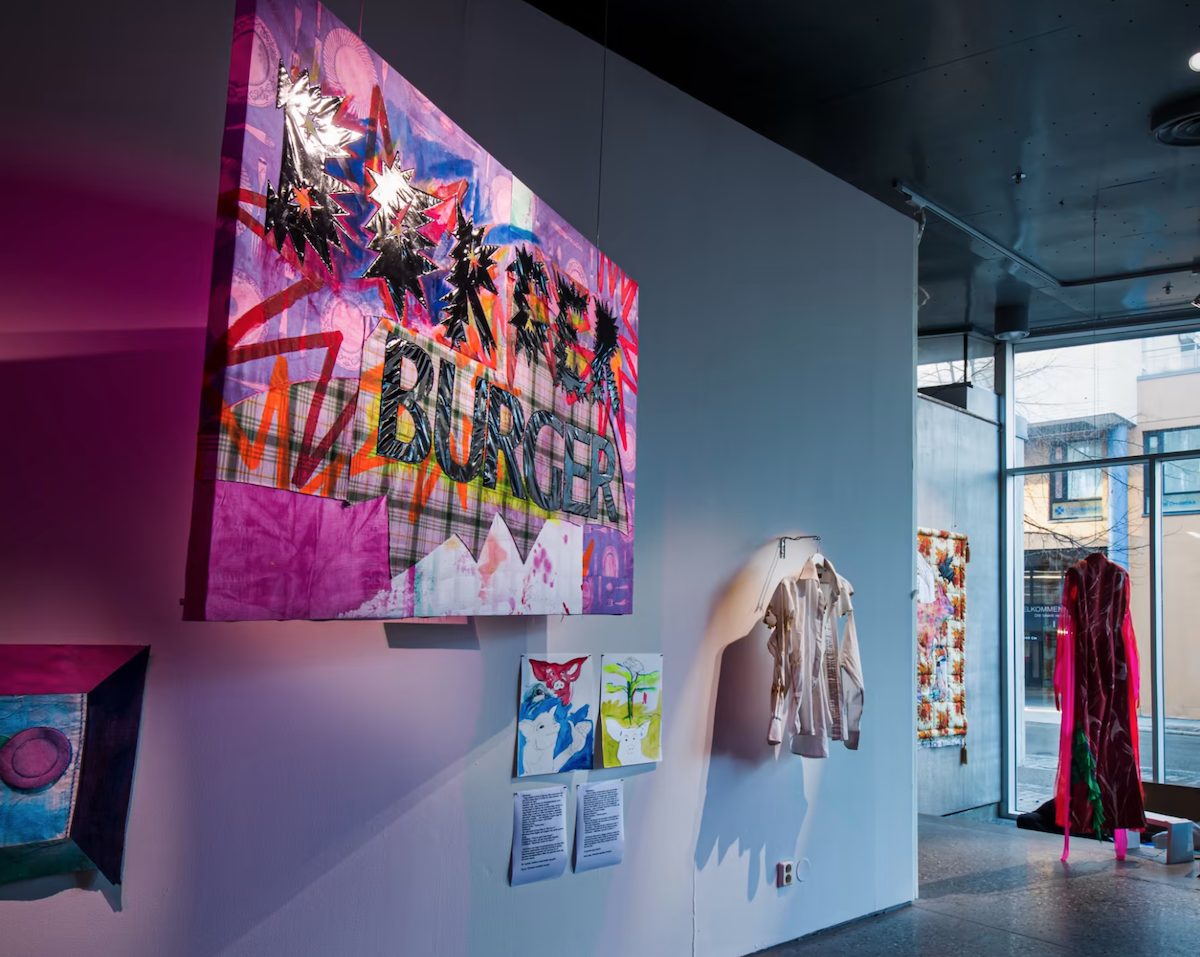
Kunstnerisk forskning under lupen!, Opinion, Eline Bjerkan 02.06.2023
Research is an important starting point for much of the ecology-oriented work in the contemporary art field. It allows art to be grounded in something of universal validity. But what happens when scientific data encounters the inherent freedom of art? ArtScene Trondheim’s new text series, Artistic research under the microscope!, throws light on the fusion of art and research from a variety of angles. In this text, I take a look at four research-based art projects and ask how effective they are in communicating urgent ecological issues.
Critic and art historian Claire Bishop has written that ever more frequently she feels a sense of panic when visiting exhibitions. In “Information Overload”, a commentary published in the April edition of Artforum, she notes that increasingly art projects consist of text, statistics and models. Research-based art is time-consuming, she claims, because you have to wade through piles of information to understand what the exhibition is about.
Postcards, faxes, and email printouts lie wanly in a vitrine. A plywood shelving unit holds rows of informational leaflets. One gallery wall is plastered with graphs and charts. Another is covered in hundreds of seemingly identical photographs. On a bank of video monitors, talking heads are explaining something. (…) An illuminated table is covered in papers and newspaper clippings marked up with Post-its. Every object on display is accompanied by a lengthy explanatory caption written by the artist, also available as a pamphlet. If any of this sounds familiar, you’ve been in the presence of research-based art.

As disciplines, art and research have several things in common. Historically, they have been close collaborators; in the 19th century, artists often documented the discoveries made on scientific expeditions. Today, artists themselves assume the role of researcher, or vice versa; researchers don their artist’s cap. “Where in the past art studied nature through the medium of evocative landscapes painted with technical brilliance, nature is now explored through technological art projects inspired by the natural sciences”, to quote Gustav S. Borgersen from his review of NATURvitenskap (NATURAL science) (2018) at Trondheim kunstmuseum. What this exhibition sought to do, according to the museum’s website, was to show how artists usually “respond to the phenomena of nature and physics with greater wonder” than researchers can afford to do.
What the museum calls wonder might well equate with the artist’s capacity to work freely, with no obligation to pursue a predetermined objective. Perhaps it is this flexible methodology that is in danger of disappearing when art associates itself too closely with research. Calling for a clearer aesthetic framework, Bishop quotes the artist Mark Leckey. In the view of the latter, an artwork must express a bodily, lived experience: “Research has to go through a body; it has to be lived in some sense – transformed into some sort of lived experience – in order to become whatever we might call art … A lot of art now just points at things.” Art that merely points to climate change or some other scientific phenomena will come across primarily as a report.

As with NATURvitenskap in 2018, the cultural field is still concerned with the issues of climate change, the loss of nature, and how we humans should relate to the environment. For example, the art and technology biennial Meta.morf in Trondheim last year had the title Ecophilia, a term that captures the human need for interaction with nature. Many artists aim specifically to raise people’s awareness of environmental issues. Many an exhibition text has been spiced up with references to the works of radical theorists such as Timothy Morton and Donna Haraway, both of whom have written extensively on the subject. But is it really more information about the chronic condition of nature that we need in order to bring about action? To my mind, the “lived experience” that Leckey describes is more important than theory and facts if art is to play a meaningful part.
One area where a capacity to convey lived experience could hardly be more essential must surely be so-called eco-art, with its profound preoccupation with the planet’s biodiversity. The quality of lived experience provides insights into what it is like to exist in the world and how people and other beings influence each other. One project that works in this way is Felt (Futures of Living Technologies), a large, interdisciplinary venture in the field of artistic research at OsloMet, led by Kristin Bergaust. In one of the Felt projects, artist and researcher María Castellanos seeks to give an impression of how plants experience the world. The video installation Beyond Human Perception, which also featured in Meta.Morf in 2022, claims to show us how plants and humans react to music. Castellanos recorded electrical signals in her test subjects and plants, which she then visualises using animated figures that change their form. When we observe one figure inflating while the other remains unchanged, we are inclined to assume that the plants and the people are responding differently to the sound. It is, however, difficult to read much more than this into the work, which offers little in the way of insight beyond the illustrative statement of the animation. The sensory experience that the work claims to be about is absent from the presentation.

A similar absence was apparent in the case of Planetary loop of gravitation, a video work by the researcher and artist Susanne M. Winterling that was shown in the planetarium at the Trondheim Science Center last year. The work was shown in connection with Winterling’s exhibition A threshold-game of proximity, cluster and heat at Kunsthall Trondheim, which I also reviewed at the time. In the video at the Science Center, we see simple animations of phosphorescent plankton, which stream towards the viewer in the form of blue-green dots emerging from a black background. A monotonous crackling sound can be heard as the figures spin about. The art gallery’s website describes the video as a totally immersive, sensual encounter. For me, the experience is the opposite; a scarcity of content presented in a shallow idiom. When art does nothing more than reproduce some more or less arbitrary natural phenomena, all it achieves is a dilution. In the exhibition text, one reads that Winterling has researched plankton, and that accumulations of certain types indicate an ecological imbalance. It is unclear whether this applies specifically to the phosphorescent plankton in Winterling’s video. As with Castellanos, Winterling’s work comes to an end before I have grasped what it is she wants to convey.
Earlier this year, the NTNU project More Meat Less Meat was shown at Gråmølna, Trondheim kunstmuseum. An element in the research project Meatigation led by philosophy researcher Sophia Efstathiou, the exhibition features works by the band Chicks on Speed and the artists behind the research initiative The Center for Genomic Gastronomy. More Meat Less Meat addressed such weighty topics as meat production, climate change and animal welfare, but in a manner that made it seem as if there was nothing serious at stake. The exhibition cultivates a non-committal pop art aesthetic that seems to play down the complexities of the issues. The suffering that meat production entails was drowned out by salami costumes, a Snap filter that transformed my body into a piece of meat, and a scraped-together array of posters and drawings. Many of the works are just basic wall charts and illustrations, which leaves the exhibition seeming vacuous and more like a set of references to Efstathiou’s research project on Norwegian food culture. This reduction in artistic expressivity means that visitors cannot expect to leave the show with much in the way of new insights or realisations.
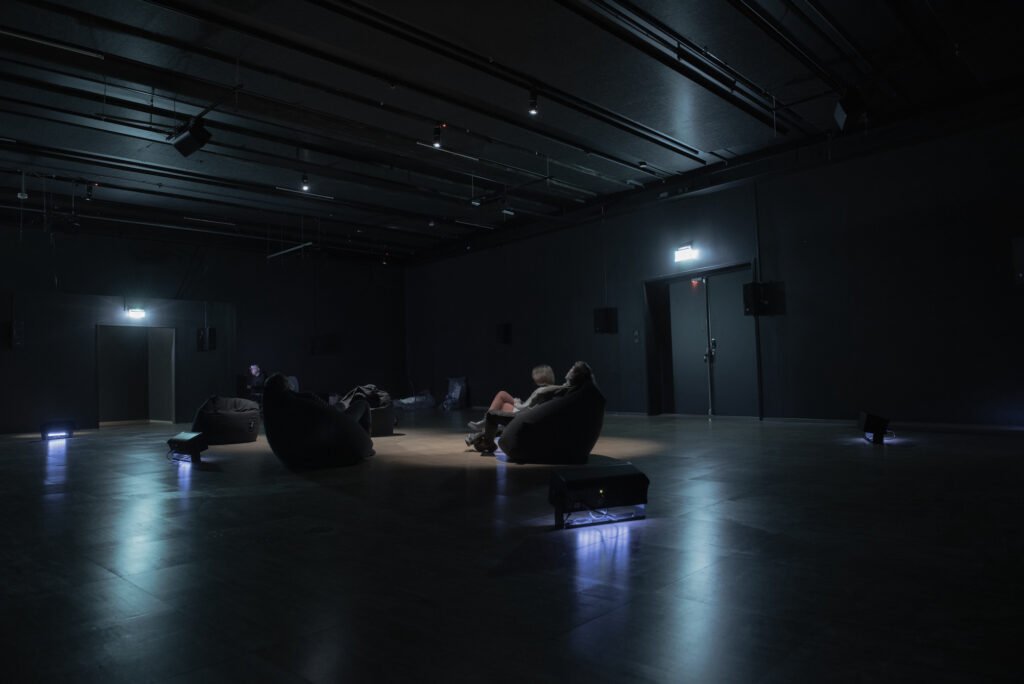
By contrast, someone who seems rather more successful in fusing art and research into an autonomous whole is Jana Winderen, a trained artist who has also studied natural science. Currently on display at Ringve Music Museum, her 26-channel sound installation Lost Voices consists of sound recordings from Trondheim Fjord, the polar seas and tropical waters. The gurgling of the water, the drumming of fish and clicks of crustaceans are heard together with noise from industrial activity. Drawing on material she has collected over many years of fieldwork, Winderen has assembled the sequences she finds most interesting from an artistic point of view to create a coherent composition. The work is adjusted to the acoustics of the room where it is played and visitors listen in the dark, thereby enhancing the spatial aspect of the sound and the sense of presence. “You have the impression of being soaked to the skin,” as Adresseavisen’s reviewer Annemona Grann puts it.
Lost Voices is in itself a physical experience and one that is essentially new insofar as the human ear on its own would be incapable of hearing many of the sounds that the work makes perceptible. In addition, Winderen has pulled together important information about how marine animals are negatively affected by the noise caused by humans. As a result of our activities, they are less able to navigate and communicate. Here the art can be viewed from a utilitarian perspective, but rather than the work being merely instrumental, the fact that it serves a purpose is a beneficial side effect.
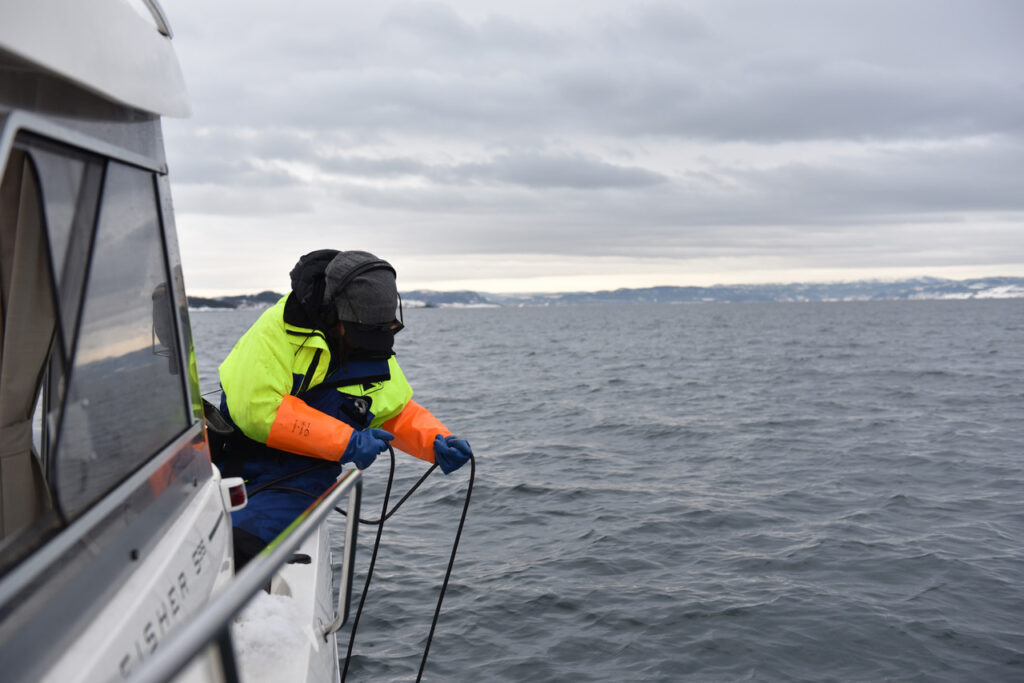
Perhaps it is simply a matter of following the old rule “show, don’t tell”. In a text from 2003, critic Roberta Smith wrote that artists who also have trainings in disciplines other than art are sometimes so concerned with making their work “relevant” that they end up regarding relevance as synonymous with quality. This results in exhibitions that have plenty to say but which nevertheless fail to make an impression:
A result is the repeated substitution of good intentions for good art, unmanageable agendas for focus and shows that, between the art, the labels and the catalogs, are largely talk. For the most part, the viewer is left with next to nothing, other than a depressing hollowness.
Vapid hollowness can be combatted by giving art greater scope to indulge the elements that make it interesting: form and expression, substance, nerve and space for interpretation, to mention just a few. These have to be embodied in the art itself; it isn’t enough just to point to the world outside. Only then will art succeed in giving us new experiences. And for this reason, these are also among the qualities that should receive careful attention in educational institutions, which, after all, is where the artistic talent of the future is nurtured.
Original text translated by Peter Cripps / The Wordwrights
Article photo: Chicks on Speed & Collaborators, Borger burger (2023), More Meat Less Meat, TKM Gråmølna. Photo: Dixin Wang

